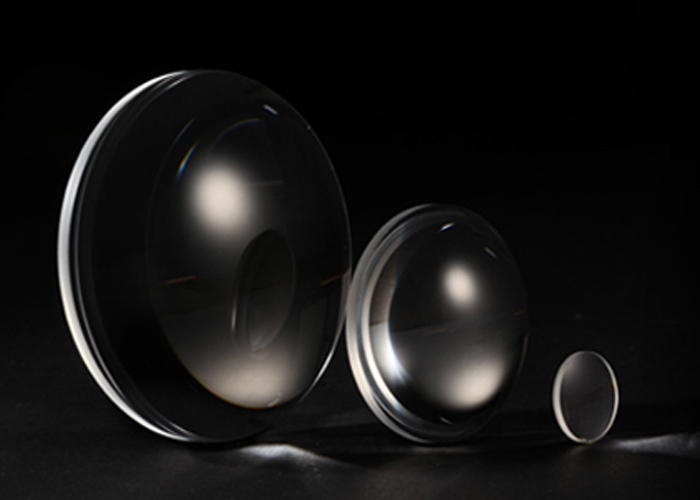The differential interference microscope can display the three-dimensional projection image of the structure. Compared with phase contrast microscopy, the specimen can be slightly thicker and the refractive index difference is larger, so the three-dimensional image is stronger, and the structure of the cell can be made, especially some larger organelles, such as nuclei, mitochondria, etc., the three-dimensional sense is particularly strong, suitable for micromanipulation. At present, microoperations such as gene injection, nuclear transfer, and transgene modification are often carried out under this microscope.
Differential interference microscope for metal surface observation and photography, it has a variety of barrel options, two and three eyes, and can adjust the elevation Angle. In beam splitter design, the differential interference microscope can connect the camera system with CCDcamera and TV system at the same time. Differential interference microscope using CF/ICOS high resolution optical system design; Moreover, when the pupil distance is adjusted, the confocal does not change. The differential interference microscope adopts achromatic and achromatic ultra-low scattering optical lenses. It has the advantage of high focusing accuracy of 1μm and confocal, it can also choose a standard barrel (field of view 22) and a super wide Angle barrel (field of view 25); Differential interference microscope The microscope can also choose the new CF/CIOS bright field of view and interference phase difference lens; And differential interference microscope microscope high precision micrometer maximum reading value of 0.1μm. It can be installed with a digital camera, the bottom light source model ME600D is available, and the standard light source is 12V-100W halogen lamp source; At the latest, differential interference microscopy microscopy with light and focal length Luck function.
The technical principle of differential interference microscopy:
When two beams of light through the optical system will interfere with each other, if the phase is the same, the result of interference is brightness enhancement, on the contrary, it will offset each other and become dark, which is the interference phenomenon of light waves.
Differential interference microscope is based on planar polarized light as the light source, the light is divided into two beams after refraction by the prism, at different times through the adjacent parts of the sample, and then through another prism to combine the two beams of light, so that the slight difference in the thickness of the sample will be transformed into the difference between light and dark, increasing the contrast of the sample, resulting in the specimen's artificial three-dimensional sense, similar to the relief on the marble.
Differential interference microscopy is suitable for the study of large organelles in living cells. If a video device is attached, the particles in living cells and the movement of the organelles can be recorded.












